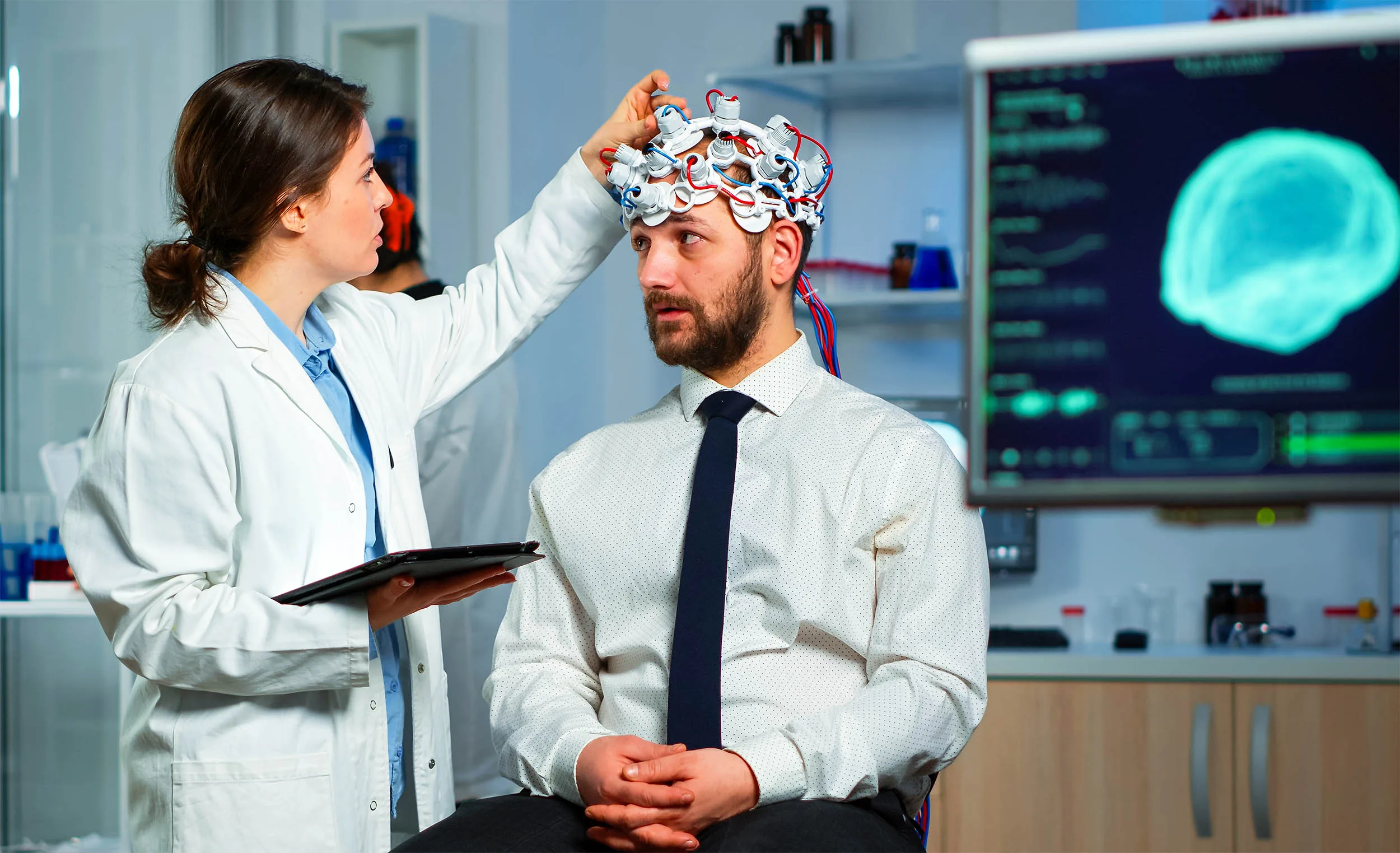Early Alzheimer’s Detection: A Three-Minute Brainwave Test
Imagine a future where Alzheimer’s disease can be detected years before symptoms even begin to surface. This future may be closer than we think, thanks to a groundbreaking new brainwave test called Fastball.
What is Fastball?
Fastball is a non-invasive test that takes just three minutes to administer. It measures brain activity in response to visual stimuli, identifying subtle changes that indicate an increased risk of developing Alzheimer’s disease.
How Does it Work?
The test uses a series of images flashed on a screen. These images are designed to elicit specific brainwave patterns. By analyzing these patterns, researchers can identify individuals who may be at risk for Alzheimer’s, even if they show no outward signs of the disease.
The Potential Impact
The implications of Fastball are enormous. Early detection of Alzheimer’s could allow for:
- Timely intervention with lifestyle changes and potential therapies.
- Improved management of symptoms and disease progression.
- Greater opportunities for participation in clinical trials.
- Reduced burden on families and caregivers.
A Game Changer for Alzheimer’s Research
Fastball represents a significant leap forward in the fight against Alzheimer’s disease. Its speed, simplicity, and non-invasive nature make it a promising tool for widespread screening and early diagnosis. While further research is needed, Fastball offers a beacon of hope for a future where Alzheimer’s can be detected and treated before it takes hold.
Final Words
The development of Fastball is an exciting development in the quest to combat Alzheimer’s. With the potential to identify at-risk individuals years in advance, this innovative brainwave test could revolutionize the way we diagnose and manage this devastating disease.




+ There are no comments
Add yours